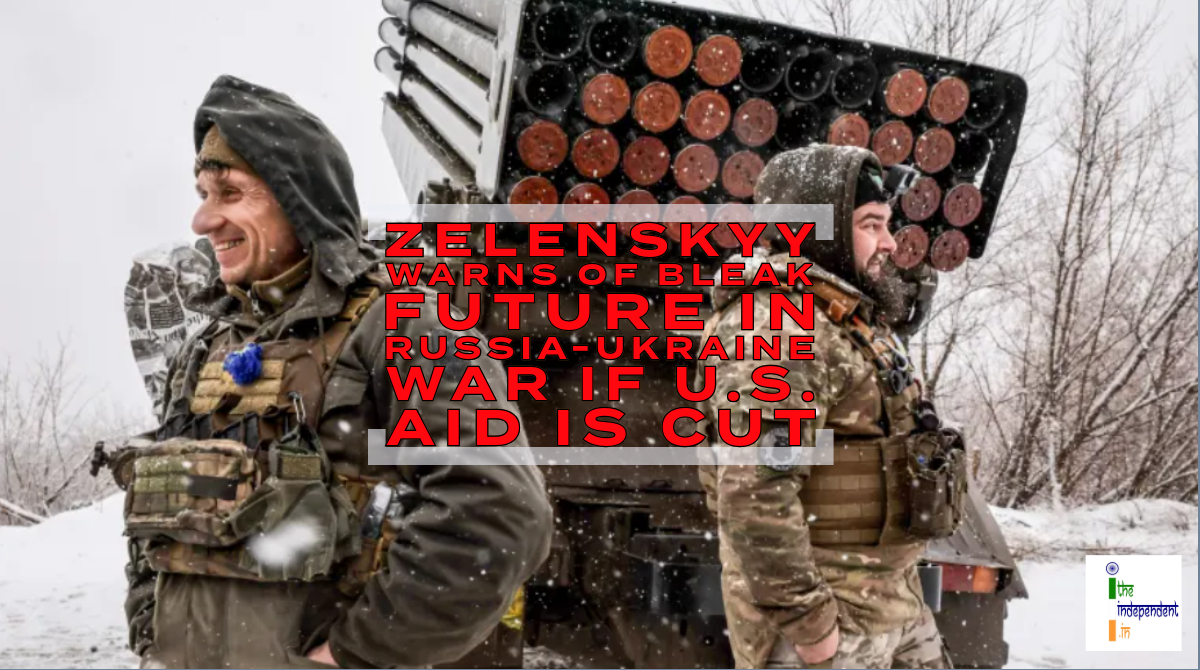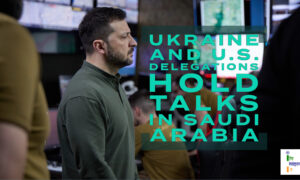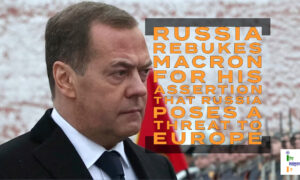
Trum’s idea of reducing military aid to Ukraine has added fresh uncertainty to Washington’s long-term backing of Kyiv
The President of Ukraine – Volodymyr Zelenskyy, has warned that Ukraine’s future will be bleak in the ongoing war with Russia if the President of the United States (U.S.) – Donald Trump, decides to cut military aid.
Earlier in December’24, Trump said he was open to the idea of reducing military aid to Ukraine. In a move that could further complicate relations, Zelenskyy recently rejected a proposed U.S. agreement that would have granted Washington access to Ukraine’s rare earth minerals in exchange for continued military support.
Speaking to media, Zelenskyy said, “We will have low chance – low chance to survive without support of the United States.”
Trump’s recent private conversations with both Zelenskyy and the president of Russia – Vladimir Putin, coupled with his statements on Ukraine, have added fresh uncertainty to Washington’s long-term backing of Kyiv.
With U.S. support uncertain, European nations face mounting pressure to bridge the gap. Speaking at the Munich Security Conference from 14th – 16th February’25, Zelenskyy underscored the need for Europe to bolster its own defence capabilities.
He said, “Let’s be honest. We can’t rule out the possibility that America might say, ‘no’ to Europe on an issue that threatens it.”
The Prime Minister of Hungary – Viktor Orban and the Prime Minister of Slovakia – Robert Fico remain skeptical about sending military aid to Kyiv and could block European Union (E.U.) – wide decisions on assistance. Meanwhile, the rising influence of Germany’s far-right – Alternative for Germany (AfD) party, known for its anti-E.U. and pro-Russian stance, raises concerns about the long-term commitment of major European players, including the deportation of Ukrainian refugees.
Even if European nations manage to reach a consensus, logistical challenges remain. The North Atlantic Treaty Organisation (NATO) countries have struggled to scale up weapons and ammunition production, while Russia’s defence industry is reportedly outpacing Western efforts. Additionally, Russia has been receiving military supplies from North Korea, including thousands of troops and millions of artillery shells.
Ukraine has already experienced the consequences of delayed U.S. military assistance. In April 2024, Republican opposition in the U.S. Congress held up a crucial aid package worth over U.S. $ 60 billion, leaving Ukrainian forces at a disadvantage for months. Before the package was approved, Ukraine lost several strategic strongholds in the South-Eastern Donbas region.
With 5 separate bills voted through the U.S. Congress, Washington has so far provided U.S. $ 175 billion in aid to Kyiv since Russia began its full-scale invasion in February 2022.







